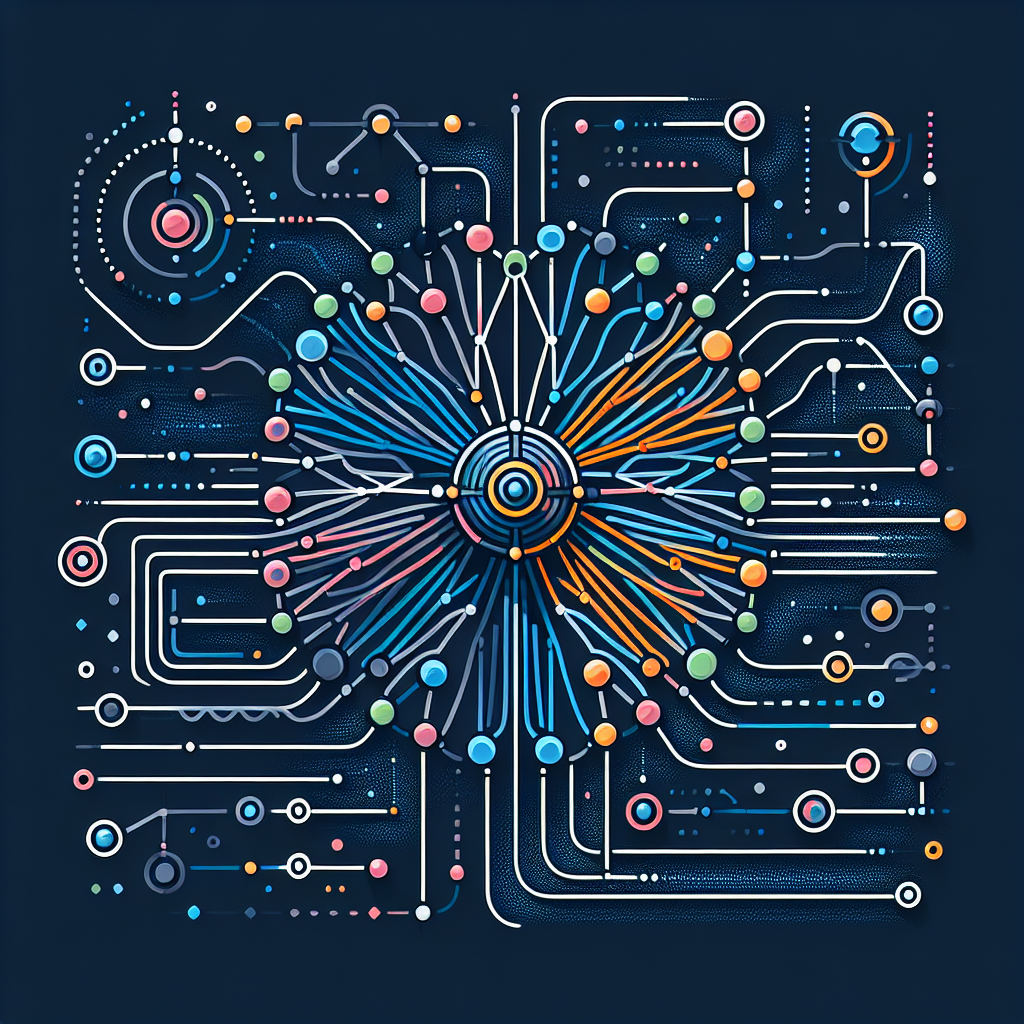Quantum Tunnelling Neural Networks: Seeing Optical Illusions through AI
Research harnessing quantum tunnelling creates a neural network mimicking human perception of optical illusions. This AI model, simulating the visual processing of the Necker cube and Rubin's vase illusions, shows potential to advance understanding of human cognition and its application in AI systems.

- Country:
- Australia
Recent research has leveraged quantum tunnelling to create a neural network that perceives optical illusions similarly to humans. This breakthrough could enhance our understanding of both human and artificial cognition.
By using quantum physics principles, the neural network successfully simulated human perception of well-known illusions like the Necker cube and Rubin's vase. Its performance often surpassed that of larger conventional neural networks in recognizing these illusions.
This work holds promise for future AI applications, potentially contributing to developments in conscious robotics and providing insights into human cognitive processes.
(With inputs from agencies.)
ALSO READ
UAW Gains Recognition at Tennessee GM-LG Battery Plant
UAW Secures Union Recognition at GM-LG Battery Plant in Tennessee
Dutch Watchdog Fines Clearview AI €30.5M for Illegal Facial Recognition Database
Facial Recognition Payments: Revolutionizing Retail Experience
UAW Secures Recognition for TN Battery Plant Union










